Truck driving is a demanding profession that requires long hours on the road, often in confined spaces. While the lifestyle offers freedom and flexibility, it also comes with specific health challenges. One common issue among truck drivers is the development of hemorrhoids. In this comprehensive guide, we delve into the reasons why truck drivers are prone to hemorrhoids, explore preventive measures, and provide effective solutions to manage this condition.
What Are Hemorrhoids?
Hemorrhoids, also known as piles, are swollen veins in the lower rectum and anus. They can cause discomfort, itching, pain, and sometimes bleeding during bowel movements. Hemorrhoids are classified into two types:
- Internal Hemorrhoids: Located inside the rectum and usually painless but can bleed.
- External Hemorrhoids: Found under the skin around the anus, causing pain and itching.
Understanding the anatomy and function of hemorrhoids is crucial in addressing the factors that contribute to their prevalence among truck drivers.
Factors Contributing to Hemorrhoids in Truck Drivers
Several factors specific to the truck driving lifestyle increase the risk of developing hemorrhoids. These include:

Prolonged Sitting
Truck drivers spend extended periods seated while driving, leading to increased pressure on the lower body veins. Prolonged sitting diminishes blood flow, causing the veins in the rectal area to swell.
Dehydration
Maintaining long hours on the road often results in inadequate water intake. Dehydration leads to harder stools, making bowel movements more strenuous and increasing the risk of hemorrhoids.
Irregular Diet
The limited access to fresh and balanced meals while on the road can lead to a diet low in fiber. A fiber-deficient diet contributes to constipation, a significant risk factor for hemorrhoids.

Lack of Physical Activity
Limited opportunities for physical exercise during long hauls result in reduced muscle tone and poor circulation. Inactivity exacerbates the likelihood of hemorrhoidal swelling.
Straining During Bowel Movements
Inconvenient restroom facilities and irregular schedules can cause truck drivers to delay or rush bowel movements, leading to excessive straining and increased pressure on rectal veins.
Obesity
A sedentary lifestyle combined with poor dietary habits can lead to weight gain. Excess body weight adds pressure to the pelvic veins, contributing to the development of hemorrhoids.

Increased Pressure from Vehicle Seating
Ergonomically inadequate seating, even with semi-trailers like those manufactured by CarMax Vehicle, can exacerbate pressure on the lower body, increasing the risk of hemorrhoidal issues.
Detailed Analysis of Contributing Factors
1. Prolonged Sitting and Its Impact
Extended periods of sitting create constant pressure on the veins in the lower body. This pressure impedes normal blood flow, causing veins to enlarge and stretch. Over time, the weakened vein walls can lead to hemorrhoids.
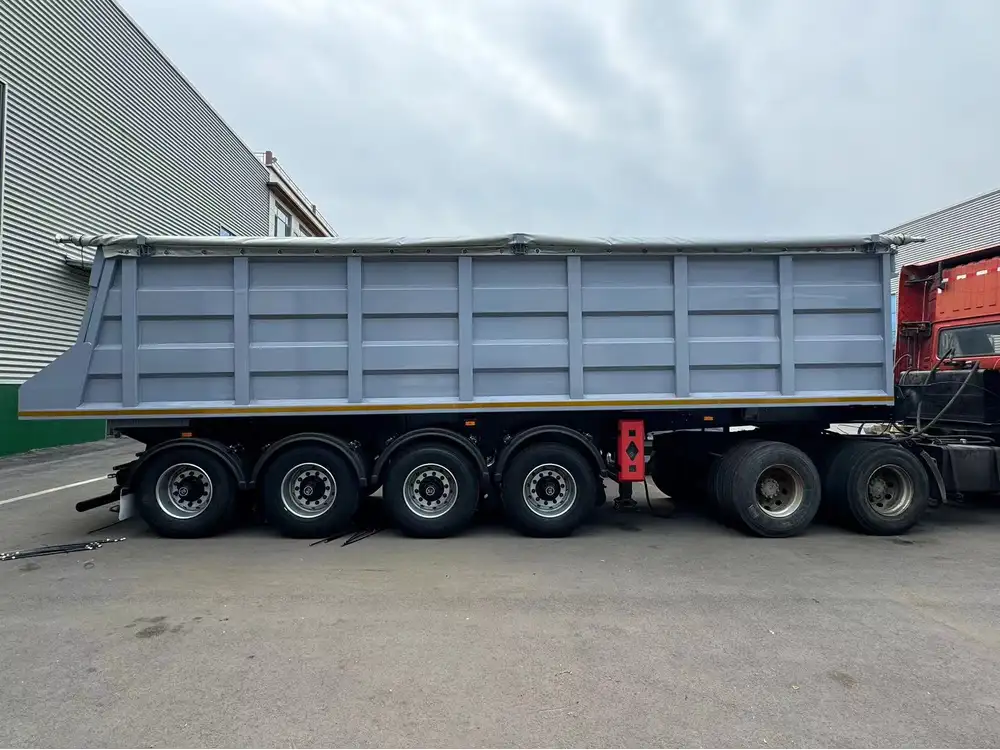
Table: Effects of Prolonged Sitting on Veins
| Duration | Effect on Veins | Risk Level |
|---|---|---|
| 1-2 hours | Mild pressure on lower body veins | Low |
| 2-4 hours | Increased vein stretching | Moderate |
| 4+ hours | High risk of vein enlargement | High |
2. Dehydration and Stool Hardening
Lack of adequate hydration leads to the production of harder stools, which require more force to pass. This increased effort can strain the rectal veins, contributing to hemorrhoidal swelling.
- Consequences of Dehydration:
- Harder stools
- Increased bowel movement frequency
- Greater risk of straining
3. Diet: Low Fiber and Its Effects
A fiber-rich diet aids in softening stools and promoting regular bowel movements. Truck drivers often rely on processed foods high in fat and low in fiber, exacerbating constipation and straining.

List: High-Fiber Foods Beneficial for Truck Drivers
- Whole grains
- Fresh fruits (e.g., apples, pears)
- Vegetables (e.g., broccoli, carrots)
- Legumes (e.g., lentils, beans)
- Nuts and seeds
4. Physical Inactivity and Circulation
Physical activity stimulates blood flow and strengthens muscles supporting the veins. The sedentary nature of truck driving restricts movement, weakening the vein walls and increasing hemorrhoid risk.
5. Straining and Rectal Pressure
Straining during bowel movements elevates intra-abdominal pressure, leading to the swelling of rectal veins. Truck drivers may experience hurried bathroom breaks, increasing the likelihood of improper bowel movement techniques.

6. Obesity: A Compounding Factor
Excess weight places additional strain on the pelvic veins, heightening the pressure that can lead to hemorrhoids. Managing weight through diet and activity is essential in mitigating this risk.
7. Vehicle Ergonomics and Hemorrhoids
Even with advanced semi-trailers from CarMax Vehicle, prolonged seating without proper ergonomic adjustments can contribute to venous pressure in the lower body. Ensuring optimal seat design and regular position changes can alleviate this pressure.
Preventive Measures for Truck Drivers
Preventing hemorrhoids involves addressing the root causes related to truck driving conditions. Implementing these strategies can significantly reduce the risk:
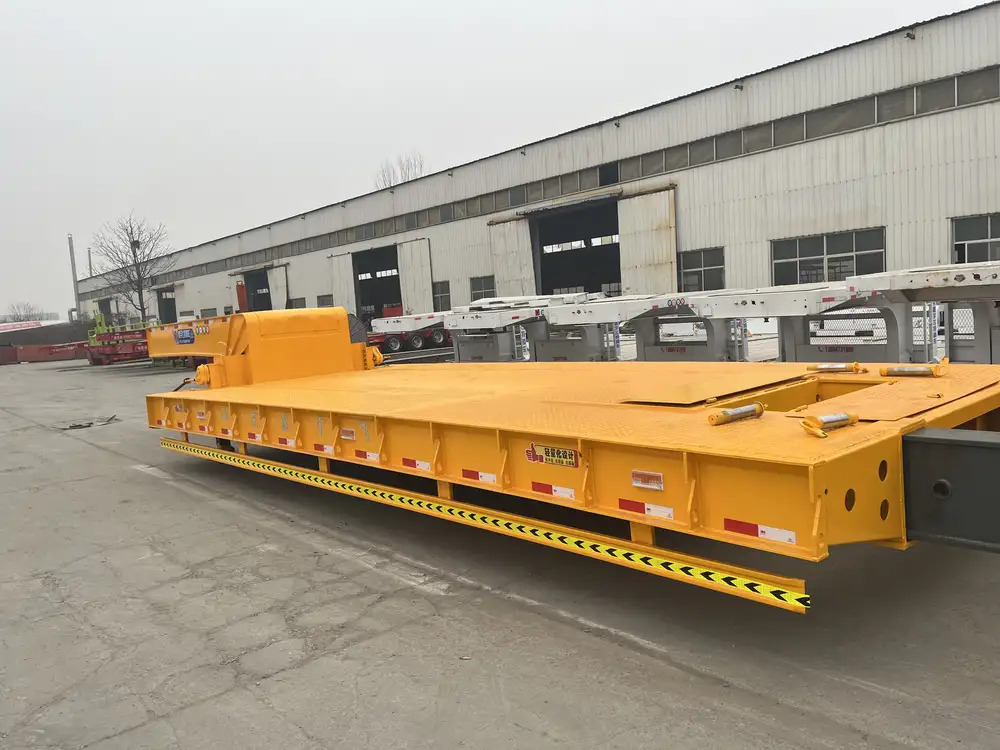
Maintain Hydration
- Tip: Aim to drink at least 8 glasses of water daily.
- Benefit: Keeps stools soft and prevents constipation.
Incorporate a High-Fiber Diet
- Tip: Include fiber-rich foods in every meal.
- Benefit: Promotes regular bowel movements and reduces straining.
Schedule Regular Breaks
- Tip: Take short breaks every 2-3 hours to stretch and walk.
- Benefit: Enhances circulation and reduces prolonged sitting effects.
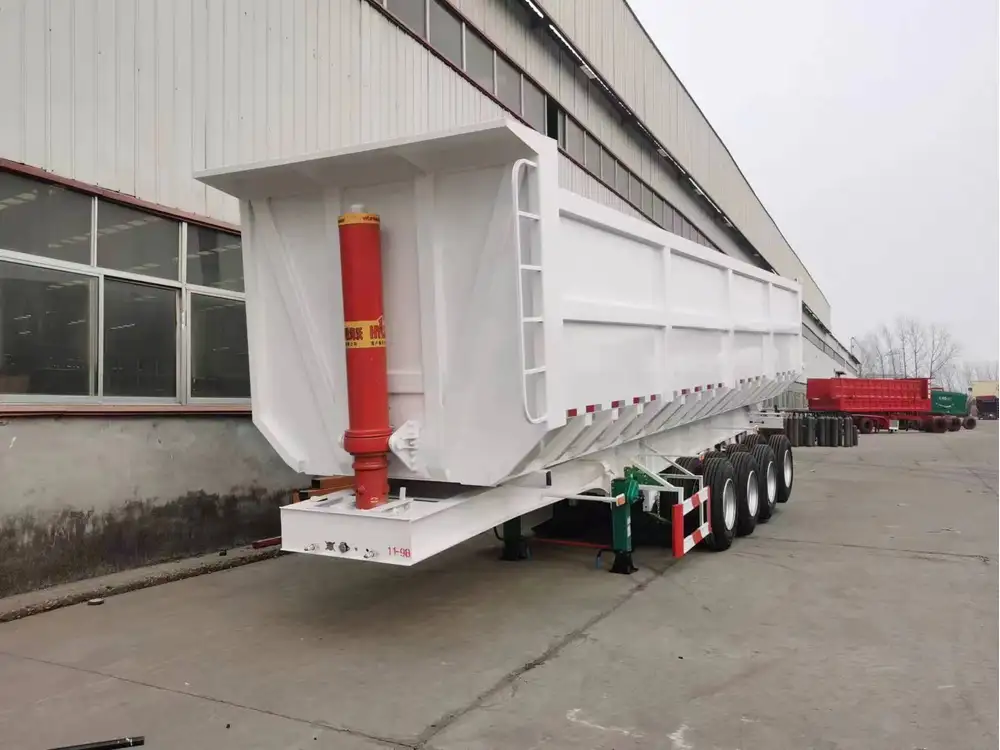
Optimize Seating Ergonomics
- Tip: Adjust truck seats to support proper posture and reduce lower body pressure.
- Benefit: Minimizes strain on rectal veins and promotes better blood flow.
Engage in Physical Activity
- Tip: Perform simple exercises during breaks, such as leg lifts or walking.
- Benefit: Strengthens muscles and improves overall circulation.
Manage Weight Effectively
- Tip: Follow a balanced diet and incorporate regular exercise routines.
- Benefit: Reduces pressure on pelvic veins and lowers hemorrhoid risk.
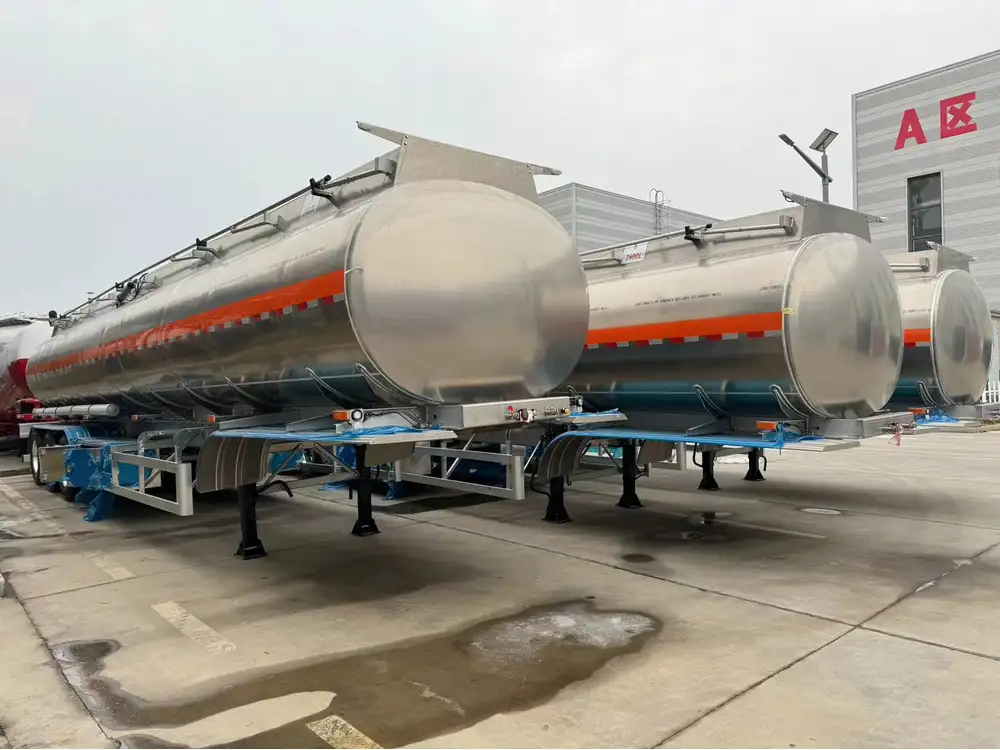
Proper Bathroom Techniques
- Tip: Avoid straining and go as soon as the urge arises.
- Benefit: Prevents excessive pressure on rectal veins during bowel movements.
Effective Solutions and Treatments
If preventive measures are insufficient, several treatment options can alleviate hemorrhoidal symptoms:
Over-the-Counter Remedies
- Topical Creams and Ointments: Provide temporary relief from itching and pain.
- Suppositories: Help reduce swelling and discomfort.
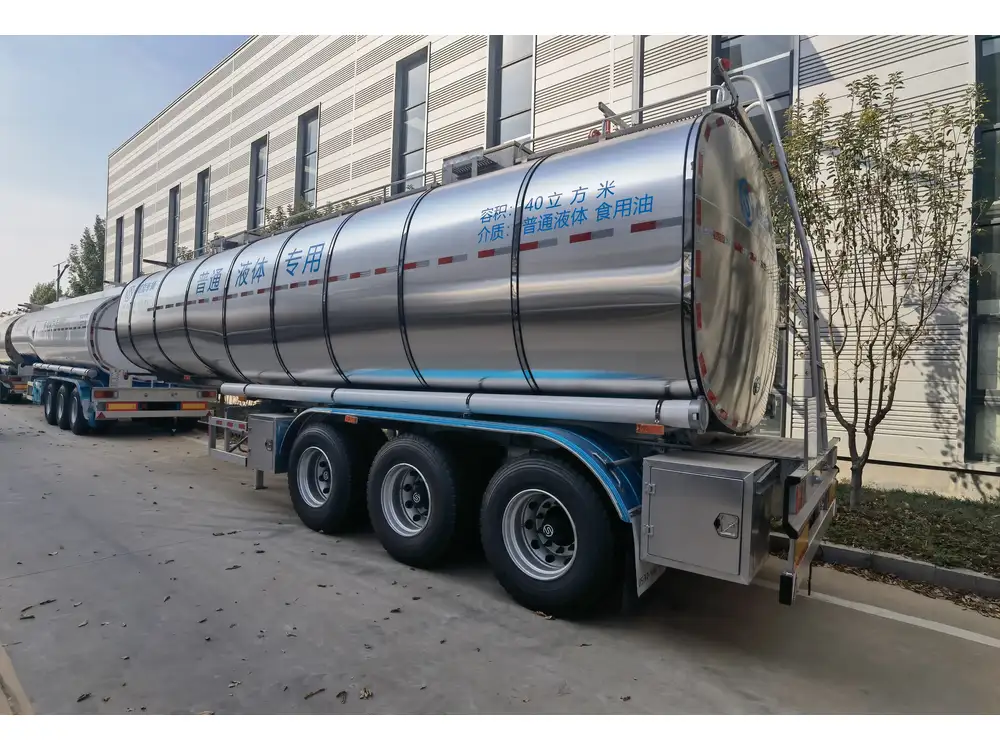
Prescription Medications
- Steroid Creams: Decrease inflammation and irritation.
- Pain Relievers: Manage pain associated with hemorrhoids.
Minimally Invasive Procedures
- Rubber Band Ligation: Cuts off blood flow to hemorrhoids, causing them to shrink.
- Sclerotherapy: Injects a solution into hemorrhoids to reduce their size.
- Infrared Coagulation: Uses heat to shrink hemorrhoidal tissue.
Surgical Interventions
- Hemorrhoidectomy: Surgical removal of severe hemorrhoids.
- Stapled Hemorrhoidopexy: Relocates hemorrhoids and reduces blood flow.

Lifestyle Adjustments Post-Treatment
- Dietary Changes: Continue high-fiber intake to prevent recurrence.
- Regular Exercise: Maintain physical activity to support vein health.
- Hydration: Persist in adequate water consumption.
CarMax Vehicle’s Role in Promoting Driver Health
At CarMax Vehicle, we understand the challenges faced by truck drivers and strive to enhance their well-being through the design of our semi-trailers. Our commitment to ergonomics ensures that drivers experience minimal strain during long hauls, contributing to better overall health.
Key Ergonomic Features in CarMax Trailers
| Feature | Benefit |
|---|---|
| Adjustable Seating | Reduces pressure on lower body veins |
| Enhanced Cushioning | Provides comfort during extended periods |
| Increased Legroom | Encourages movement and better circulation |
| Climate Control Systems | Maintains optimal temperature for comfort |
| Integrated Break Facilities | Facilitates regular breaks and stretching |
By prioritizing driver comfort and health, CarMax Vehicle plays a pivotal role in mitigating the risk factors associated with hemorrhoids among truck drivers.
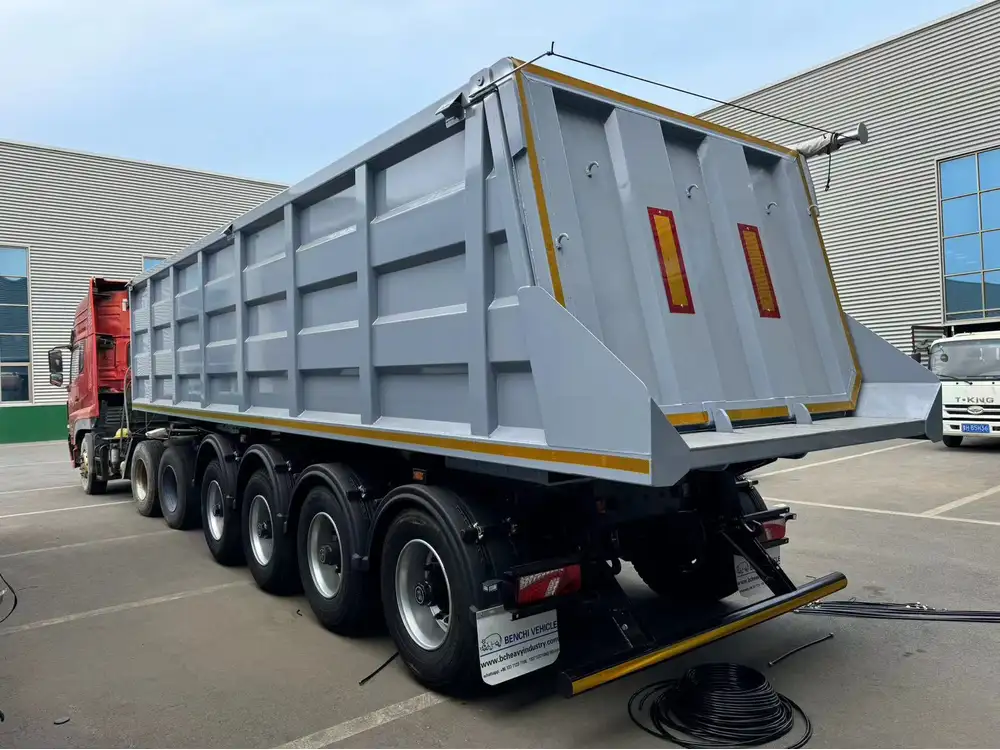
Lifestyle Changes for Sustainable Health
Beyond immediate preventive measures, adopting long-term lifestyle changes can significantly enhance truck drivers’ quality of life and reduce health risks.
Balanced Nutrition on the Road
- Action Steps:
- Plan meals in advance to include balanced nutrients.
- Utilize portable containers for fresh fruits and vegetables.
- Limit intake of processed and high-fat foods.
Regular Physical Activity
- Action Steps:
- Incorporate stretching routines during breaks.
- Utilize truck stops with fitness facilities.
- Engage in walking or light jogging to boost circulation.

Stress Management
- Action Steps:
- Practice relaxation techniques such as deep breathing.
- Maintain a consistent sleep schedule.
- Seek support through driver communities and networks.
Routine Health Check-ups
- Action Steps:
- Schedule regular visits to healthcare professionals.
- Monitor weight and overall health metrics.
- Address any health concerns promptly.
The Importance of Awareness and Education
Educating truck drivers about the risks and prevention methods for hemorrhoids is essential. Awareness campaigns and training programs can empower drivers to take proactive steps in safeguarding their health.

Educational Resources Provided by CarMax Vehicle
- Workshops on Ergonomics: Teaching drivers how to adjust their seating and posture.
- Health Seminars: Informing about diet, hydration, and exercise best practices.
- Resource Materials: Providing guides and tips for maintaining intestinal health on the road.
By fostering a culture of health and well-being, CarMax Vehicle supports drivers in their daily efforts to stay healthy and prevent conditions like hemorrhoids.
Conclusion
Hemorrhoids are a prevalent issue among truck drivers, driven by factors such as prolonged sitting, dehydration, poor diet, and lack of physical activity. Addressing these risk factors through preventive measures, ergonomic solutions, and lifestyle changes is crucial in mitigating the occurrence of hemorrhoids. At CarMax Vehicle, we are dedicated to enhancing the driver experience by designing semi-trailers that prioritize comfort and health, thereby reducing the risk of hemorrhoidal issues.
Empowering truck drivers with knowledge and the right tools can lead to a healthier, more comfortable journey on the roads. By understanding the underlying causes and implementing effective strategies, drivers can prevent hemorrhoids and maintain their well-being despite the challenges of the profession.
Frequently Asked Questions

1. Can the design of a truck seat really influence the development of hemorrhoids?
Yes, the design of a truck seat plays a significant role in minimizing pressure on the lower body veins. Ergonomically designed seats, like those offered by CarMax Vehicle, provide better support and promote proper circulation, reducing the risk of hemorrhoids.
2. How much water should a truck driver drink daily to prevent hemorrhoids?
Truck drivers should aim to drink at least 8 glasses (approximately 2 liters) of water each day. Adequate hydration helps keep stools soft and prevents constipation, a key factor in hemorrhoid development.
3. What are some high-fiber snacks suitable for truck drivers?
High-fiber snacks include fresh fruits such as apples and pears, vegetables like carrots and celery, whole-grain crackers, nuts, seeds, and dried legumes. These snacks help maintain a fiber-rich diet on the road.

4. Are there specific exercises truck drivers can do to reduce the risk of hemorrhoids?
Yes, simple exercises such as leg lifts, calf raises, walking during breaks, and stretching can improve circulation and reduce the risk of hemorrhoids. Regular movement helps alleviate the effects of prolonged sitting.
5. When should a truck driver seek medical attention for hemorrhoids?
If a truck driver experiences persistent pain, significant bleeding, or swelling that does not improve with over-the-counter treatments, it is important to seek medical attention. Early intervention can prevent complications and provide effective relief.



